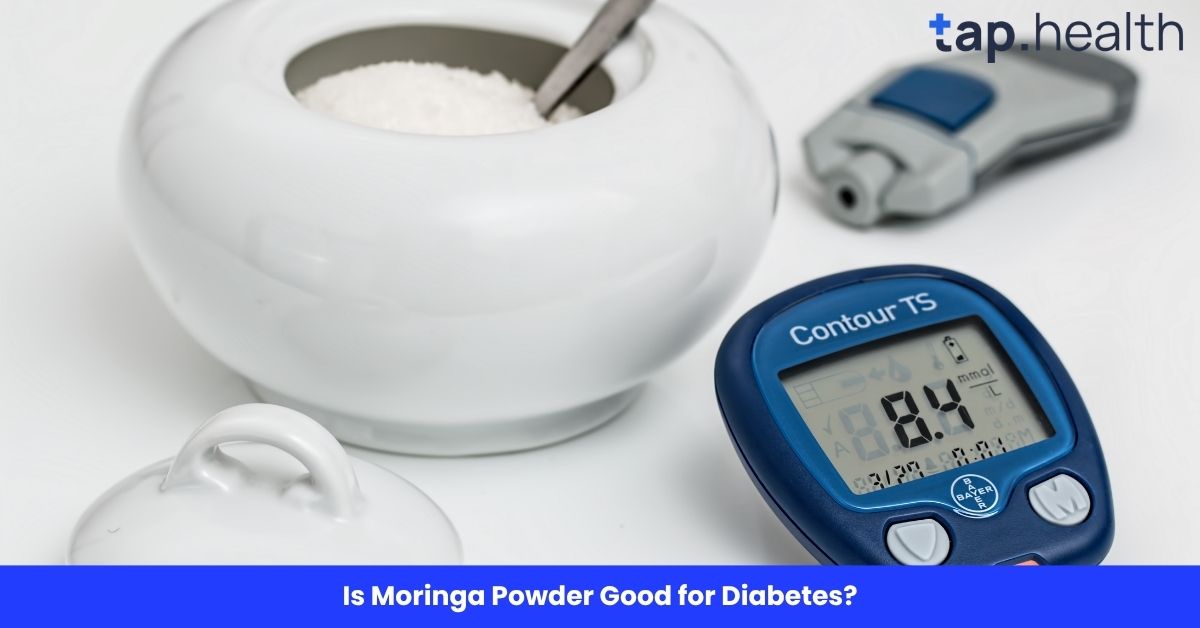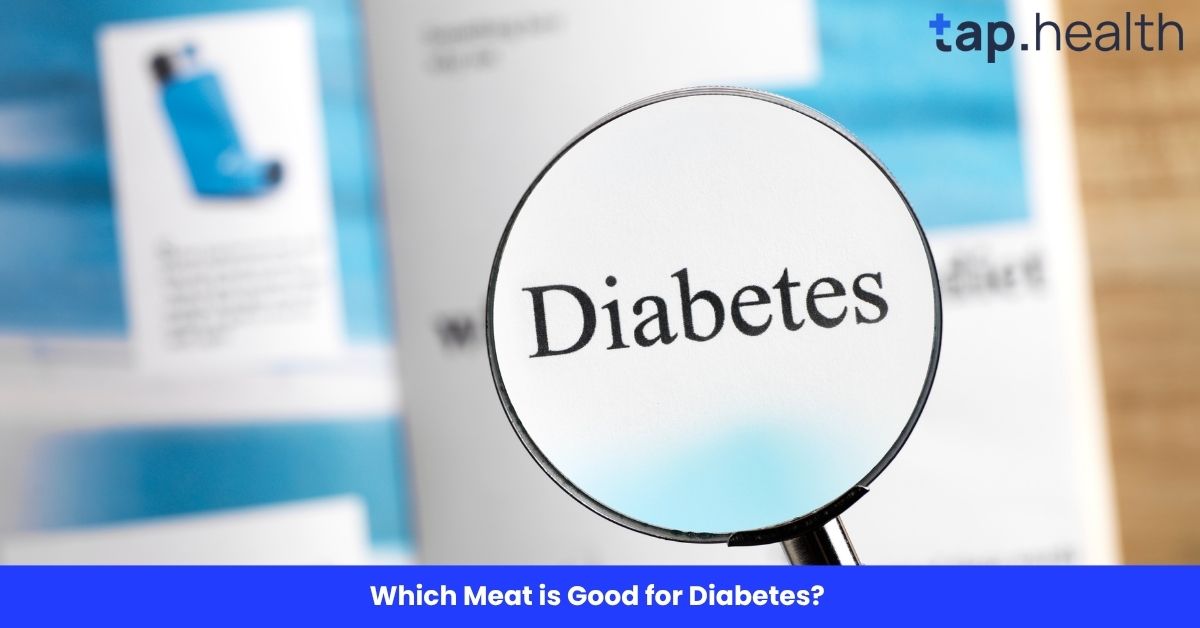Gulab Jamun is a delicious and beloved Indian dessert, often served during festivals, special occasions, or as a sweet treat after meals. It’s made from milk solids, fried, and soaked in sugary syrup, giving it that melt-in-your-mouth sweetness. But if you’re watching your calorie intake or just curious about its nutritional value, you might be asking: How many calories are in one Gulab Jamun?
In this article, we’ll dive into the calorie content of one Gulab Jamun, break down its ingredients, and provide you with helpful tips on how to enjoy it in moderation without going overboard on calories. Let’s explore everything you need to know about this mouthwatering dessert!
What Is Gulab Jamun?
Gulab Jamun is a traditional Indian sweet made by forming dough from khoya (milk solids), flour, and a little baking soda. The dough is rolled into small balls, deep-fried until golden brown, and then soaked in a sweet sugar syrup flavored with cardamom and rose water. The result is a soft, spongy ball that’s sweet, aromatic, and rich in flavor.
This dessert is often enjoyed warm or at room temperature and is popular in India, Pakistan, Bangladesh, and other parts of South Asia. It’s commonly served during weddings, festivals like Diwali, and other celebrations.
How Many Calories in One Gulab Jamun?
The calorie content in one Gulab Jamun can vary based on its size, the ingredients used, and the amount of sugar syrup it absorbs. On average, one medium-sized Gulab Jamun (about 40-50 grams) contains around 150 to 200 calories.
Here’s a breakdown of the calories based on different factors:
Regular Gulab Jamun
A standard, medium-sized Gulab Jamun made with milk solids and sugar syrup typically contains:
- Calories: Around 150–200 calories per piece (40-50 grams)
This includes the calories from the dough, frying oil, and syrup.
Smaller Gulab Jamun (Mini Size)
Mini Gulab Jamuns, which are smaller in size, usually contain:
- Calories: Around 100–120 calories per piece
These smaller versions still have a similar rich flavor but contain fewer calories due to their smaller size.
Gulab Jamun with Extra Syrup
If your Gulab Jamun is soaked in more syrup than usual, the calorie count could increase. Additional syrup adds more sugar and calories to the dessert, so a larger amount of syrup can push the calorie count up by another 20-30 calories per piece.
Homemade vs. Store-Bought
Homemade Gulab Jamun might have slightly fewer calories compared to store-bought versions because you can control the amount of sugar and oil used. Store-bought Gulab Jamun can sometimes be higher in sugar syrup, leading to more calories.
Breakdown of Nutritional Value in One Gulab Jamun
While Gulab Jamun is delicious, it’s also calorie-dense due to its ingredients, which include sugar, milk solids, and frying oil. Here’s a typical nutritional breakdown of one standard Gulab Jamun (around 40-50 grams):
- Calories: 150–200 calories
- Carbohydrates: 20-25 grams
- Sugar: 18-22 grams
- Fat: 7-10 grams
- Saturated Fat: 3-5 grams
- Protein: 3-4 grams
- Fiber: 0 grams
- Cholesterol: 10-15 mg
- Sodium: 20-30 mg
The majority of the calories in Gulab Jamun come from sugar and fat. The frying process adds significant fat content, and the sugar syrup contributes most of the calories from carbohydrates.
Key Nutrients in Gulab Jamun
- Calcium: Gulab Jamun contains small amounts of calcium from the milk solids (khoya). This helps with bone health and muscle function.
- Iron: The milk solids and flour in Gulab Jamun contain a small amount of iron, which helps in the formation of red blood cells.
- Vitamin A: Due to the milk content, Gulab Jamun also provides some vitamin A, which is essential for eye health and immune function.
However, it’s important to note that while Gulab Jamun does provide some nutrients, it’s primarily a source of sugar and fat, so it should be enjoyed in moderation.
Factors That Affect Calories in Gulab Jamun
There are several factors that can impact the calorie content of Gulab Jamun. Let’s take a closer look:
1. Size of the Gulab Jamun
The size of the Gulab Jamun directly affects the calorie count. Larger pieces contain more dough and syrup, thus increasing the overall calorie content. If you are concerned about calories, try to enjoy smaller portions of Gulab Jamun.
2. Type of Sugar Used
Some recipes for Gulab Jamun may use different types of sugar, such as white sugar or jaggery (unrefined sugar). While the calorie content may not differ significantly, jaggery may provide some additional nutrients like iron and magnesium compared to refined sugar.
3. Cooking Method (Frying vs. Baking)
The traditional method of making Gulab Jamun involves frying the dough balls in ghee or oil. This frying method significantly increases the fat and calorie content. Some healthier variations of Gulab Jamun may involve baking instead of frying, which can reduce the overall fat and calorie count.
4. Amount of Syrup Absorbed
The amount of syrup that the Gulab Jamun absorbs during soaking can also impact the calorie content. More syrup means more sugar and more calories. So, if you’re watching your calorie intake, it may be worth consuming Gulab Jamun with a smaller amount of syrup.
How to Enjoy Gulab Jamun in Moderation
While Gulab Jamun is a delicious treat, it’s best enjoyed in moderation. Here are some tips to help you enjoy this sweet without overindulging:
1. Share Your Gulab Jamun
Instead of eating a whole serving by yourself, consider sharing Gulab Jamun with friends or family. This way, you can enjoy the dessert without consuming too many calories.
2. Choose Smaller Portions
Opt for smaller-sized Gulab Jamuns, which can have fewer calories per piece. You can still enjoy the taste while keeping the calorie count in check.
3. Balance with Healthier Meals
If you’re having Gulab Jamun as a treat, balance it out with healthier meals that are lower in calories, fat, and sugar. A well-balanced diet will allow you to indulge occasionally without worrying about your overall calorie intake.
4. Pair with a Protein-Rich Side
Pair your Gulab Jamun with a protein-rich food, like yogurt or nuts, to balance the sugar and fat. This can help keep you feeling full longer and prevent blood sugar spikes.
Frequently Asked Questions (FAQs) on How Many Calories in One Gulab Jamun?
1. How many calories are in one Gulab Jamun?
One medium-sized Gulab Jamun (around 40-50 grams) typically contains 150–200 calories. The exact calorie count depends on the size and ingredients used.
2. Does the syrup in Gulab Jamun add calories?
Yes, the syrup adds extra calories. Gulab Jamun soaked in syrup can have additional 20-30 calories depending on the amount of syrup absorbed.
3. How can I reduce the calories in Gulab Jamun?
To reduce the calorie count, you can bake the Gulab Jamun instead of frying it. You can also use less syrup or use a lower-calorie sugar alternative.
4. Is Gulab Jamun healthy?
Gulab Jamun is a high-calorie, sugary dessert that should be enjoyed in moderation. While it provides some nutrients from milk solids and sugar, it is mainly a source of sugar and fat.
5. How many calories are in mini-sized Gulab Jamun?
Mini-sized Gulab Jamuns typically contain 100–120 calories per piece, as they are smaller and have less syrup and dough.
6. Can I make a healthier version of Gulab Jamun?
Yes, you can make a healthier version by using less oil or ghee for frying, reducing the sugar syrup, or baking the dough instead of frying it. You can also try using whole wheat flour and adding less sugar.
Conclusion
Gulab Jamun is a delicious and rich dessert that is enjoyed by many, but it’s important to be aware of its calorie content, especially if you’re watching your weight. On average, one medium-sized Gulab Jamun contains 150–200 calories, but this can vary depending on the size, ingredients, and the amount of syrup used. By enjoying this sweet treat in moderation and making healthier choices, you can still indulge in Gulab Jamun without going overboard on calories.



